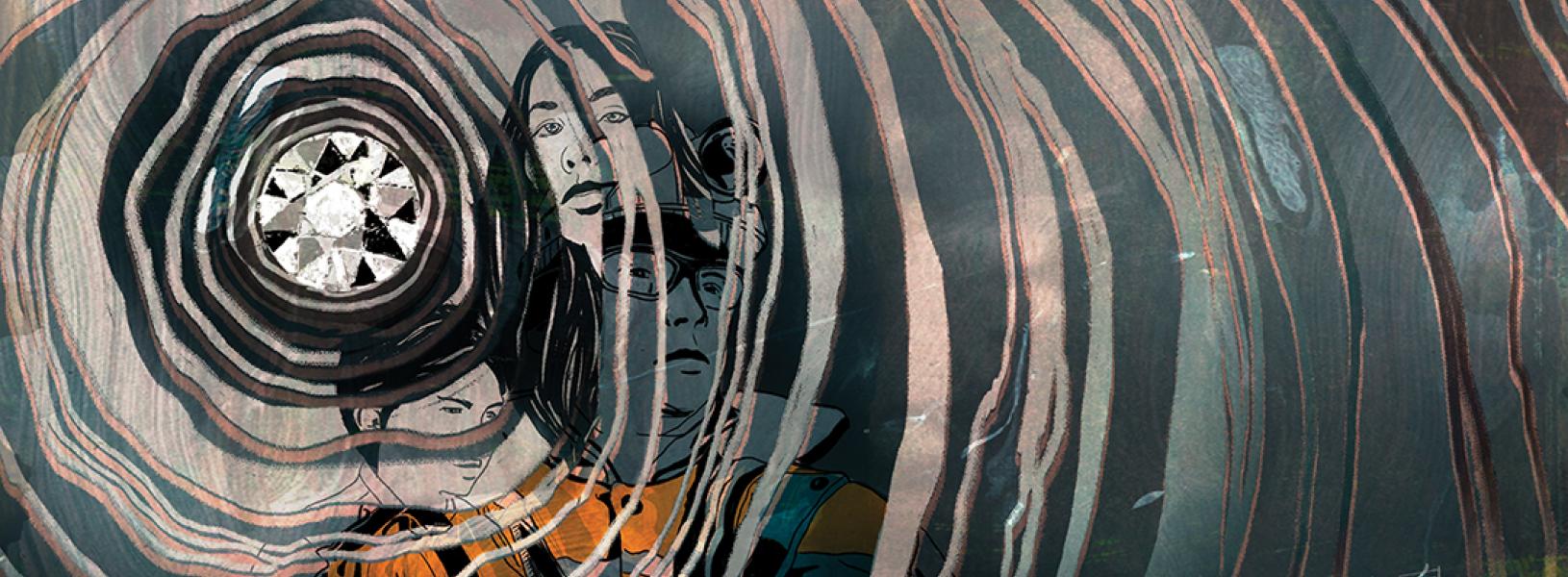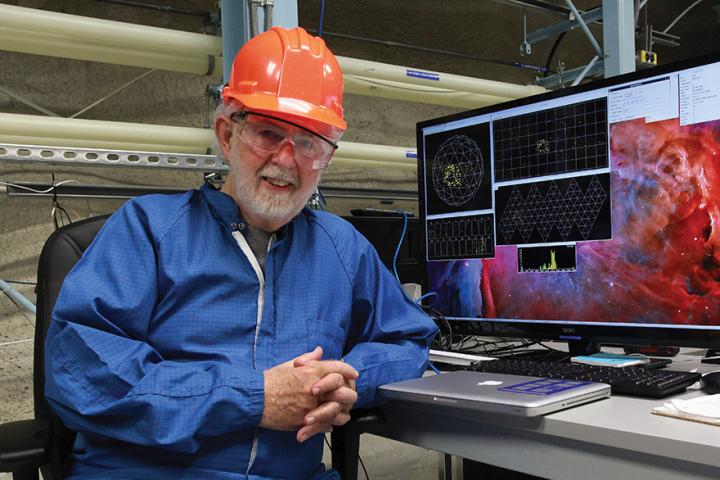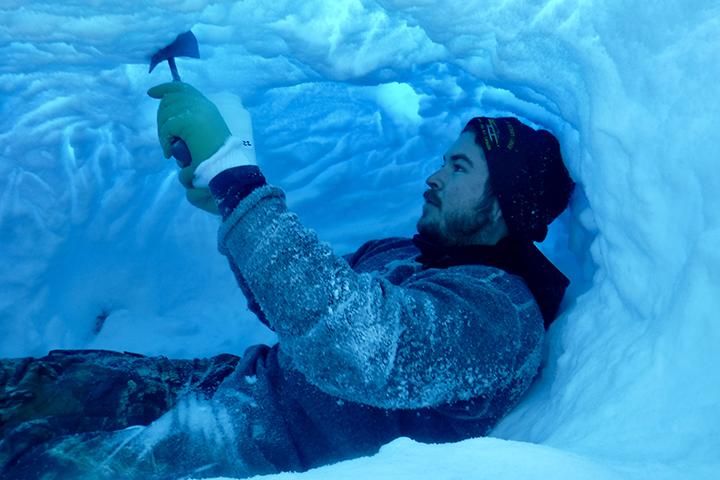Resource extraction is a prime driver of Canada’s economy, but the conditions under which precious metals, minerals, oil, and gas are extracted create a serious downside: In communities where they’re extracted, both in Canada and around the world, a community’s traditional patterns are disrupted, and women face a greater risk of violence.
Dr. Rebecca Hall saw this first-hand in the late 2000s when she was a front-line worker with the Victim Services unit of the Native Women’s Association of the Northwest Territories (NWA NWT) in Yellowknife. She also heard many stories of the major ways in which resource extraction, and the structure of diamond mining in particular, had altered household and community relationships, especially for Indigenous families.
“The communities are still coming to terms with the diamond industry,” she says. “The introduction was explosive, and really changed people’s lives in a very short time.”
Diamonds were discovered in the territory in 1991 and the first mine opened in 1998. The jobs were “fly-in--fly-out,” which saw the men, usually, away for weeks on end, leaving women with a greater burden of care, for kin, community, and the land itself. In providing a relatively high income to male workers, diamond mining jobs also shifted the traditional balance of power in the family. Meanwhile, the men missed out on day-to-day family life and their ability to participate in important land-based activities like the community hunt was limited.
Dr. Hall, now an assistant professor in the Department of Global Development Studies, wanted to understand the shift and help the community, so she headed to graduate school. She partnered with the NWA NWT, her former employer, to examine the long-standing, complex relationship between Indigenous communities in the North and settler development through the diamond industry. Dr. Hall reworked her PhD thesis into a book published last year. Refracted Economies: Diamond Mining and Social Reproduction in the North focuses on the impact of the diamond industry on women in Yellowknife. Dr. Hall’s research is rooted in history and the knowledge of the Métis, Inuit, and Dene, the traditional inhabitants of the land. She conducted many hours of interviews, talking circles, and focus groups with women. Her work shows how resource extraction activities, and the fly-in-fly-out model especially, establish men as breadwinners and women as prime carers, contributing to “an intensification of settler patriarchal gender relations” and the weakening of cultural transmission. She hopes her research will be used by communities affected by resource extraction to advocate for themselves and by mining companies to apply the learnings in practical ways, such as by creating research--informed anti-Indigenous racism training.
“The communities are still coming to terms with the diamond industry. The introduction was explosive, and really changed people’s lives in a very short time.”
With all existing mines in NWT slated to close by 2031, Dr. Hall has turned her attention to a key question for the affected communities and mining companies: What happens when mines close?
Her focus is on how women’s experiences and their work can inform the transition to a post-mine economy. It is informed and co-created by the community and other researchers, including a locally led network housed within the Tłı̨chǫ Dene government that brings university and community researchers together to discuss questions that matter to the Tłı̨chǫ community.
She is also joining her research to that of Queen’s colleagues Allison Goebel and Marc Epprecht, who explore communities affected by coal mining in South Africa. Similar research, activities, and conversations on Indigenous-led closures and transitions are also happening in New Zealand and Australia.
“There’s a tendency to replace extraction with extraction,” she says. “And workers face pressure to go elsewhere – Alberta, for example. But this would be a new rupture.”
Dr. Hall says there’s no shortage of ideas about post-mine work and development that would serve the community’s interests, with many centred around tourism. Her work for and with affected communities will contribute to the conversation, and help the community navigate toward a future imagined by those who will live in it.


